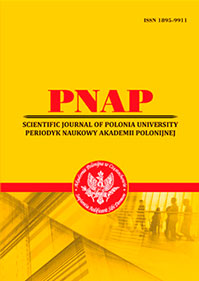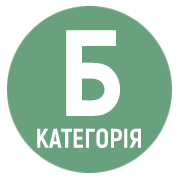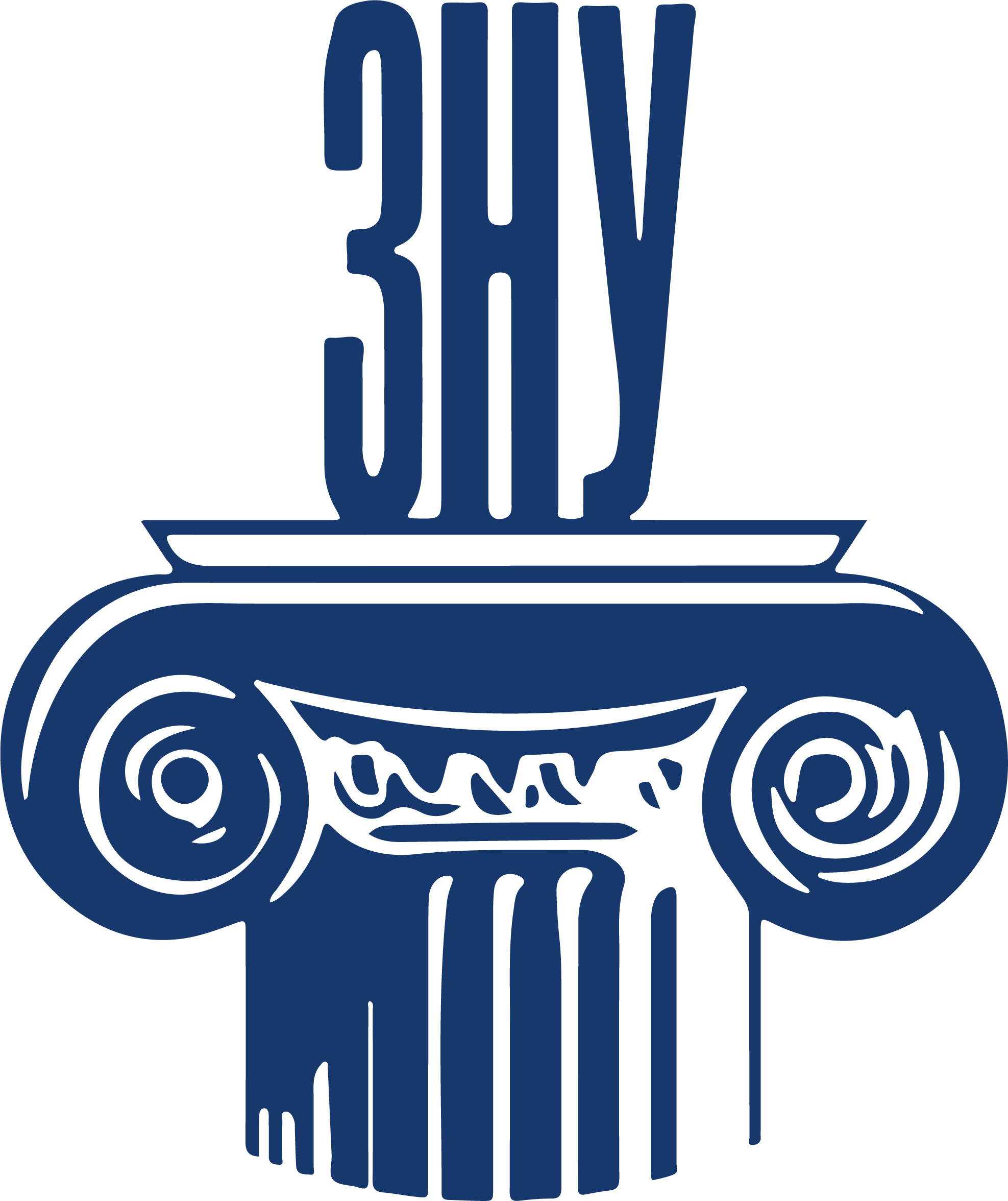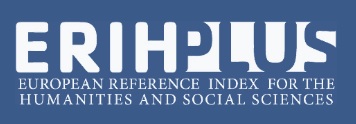ТРУДНОЩІ ТА СПЕЦИФІКА ПЕРЕДАННЯ ЗМІСТУ ІТАЛОМОВНИХ РЕКЛАМНИХ СЛОГАНІВ УКРАЇНСЬКОЮ МОВОЮ
Анотація
Актуальність. Реклама реінкарнується у явище людської культури, виходячи за межі простої економіки. Сьогодні реклама стає окремою частиною сучасного мистецтва з новим ідеологічним баченням на навколишню дійсність та товари, які так чи інакше потрібні людям. Важливим лишається передання змісту рекламного слогану з однієї мови на іншу, беручи до уваги культурні, соціальні та інші особливості. Мета статті полягає в комплексному дослідженні специфіки передання змісту слоганів італійської реклами українською мовою. Методи дослідження. У статті використано метод аналізу та синтезу, узагальнення, індукції і дедукції – для виявлення особливостей при перекладі слоганів з італійської мови на українську; системний метод – для встановлення зав’язків між перекладами рекламних слоганів з італійської на українську мову; порівняння – для виявлення спільних та відмінних рис між слоганом-оригіналом та слоганом-перекладом. Основні результати дослідження. Практично ніколи рекламні слогани не перекладають дослівно, адже так ми втрачаємо їх ідентичність та унікальність. Для того, аби якнайкраще передати головний зміст, фахівці використовують фонетичні, стилістичні, граматичні, лексичні трансформації, а саме: транскодування, транслітерації, прийом смислового розвитку, компенсації, додавання, опущення, декомпресія, компресія, заміни в межах всього речення, заміни в межах однієї фрази, перестановка текстових елементів. Усі вищенаведені трансформації є безумовно важливими, коли ми намагаємося передати зміст фрази, речення чи всього тексту з італійської мови українською, бо за їх допомоги формується текст на лексичному та семантичному рівнях. Висновки. Під час відтворення змісту з італійської мови українською можуть виникати певні труднощі. Перекладач повинен відтворювати сенс, зберігаючи риси товару чи характеристики, які були закладені із самого початку, передавати таку ж напругу, експресію та емоційність, як і в тексті оригіналу, бо основним призначенням рекламного тексту є залучення, спонукання споживачів до придбання товару. Трансформації у цьому випадку можуть допомогти знайти правильні шляхи, аби зміст тексту-перекладу був самобутнім, зважаючи на ряд культурних, соціальних, релігійних чинників, але водночас доносив ті самі ідеї, думки, що і текст-оригінал.
Посилання
2. Бархударов Л. С. Язык и перевод: вопросы общей и частной теории перевода. Москва : Международные отношения, 1975. 239 с.
3. Головлева Е. Л. Основы рекламы : учебное пособие. Москва : ЗАО Издательский Дом «Главбух, 2003. 272 с.
4. Добровольська Д. М. Мовні особливості англомовних рекламних слоганів та їх відтворення українською і російською мовами : автореф. дис. … канд. філол. наук: 10.02.2016. Одеса, 2017. 17 с.
5. Комиссаров В. Н. Теория перевод. Москва : Высшая школа, 1990. 251 с.
6. Фірсова Ю. А. Рекламний текст як проблема перекладу. Вісник Житомир. держ. ун-ту ім. І. Франка. Житомир, 2004. № 17. С. 250–251.
7. Bignel J. Media semiotics. An introduction. Manchester : Manchester University Press etc., 1997. 240 p.
 ISSN
ISSN 


.png)



